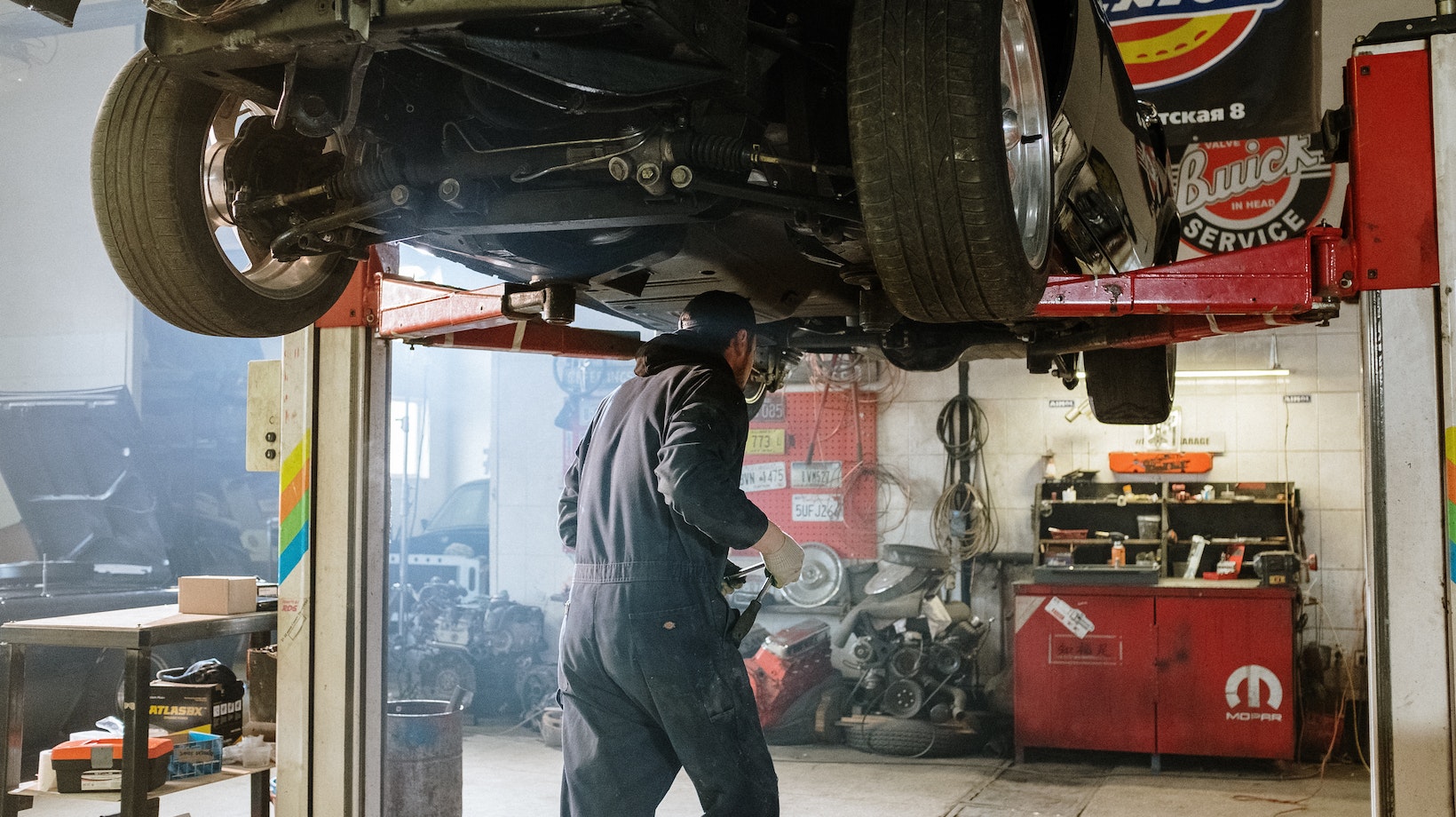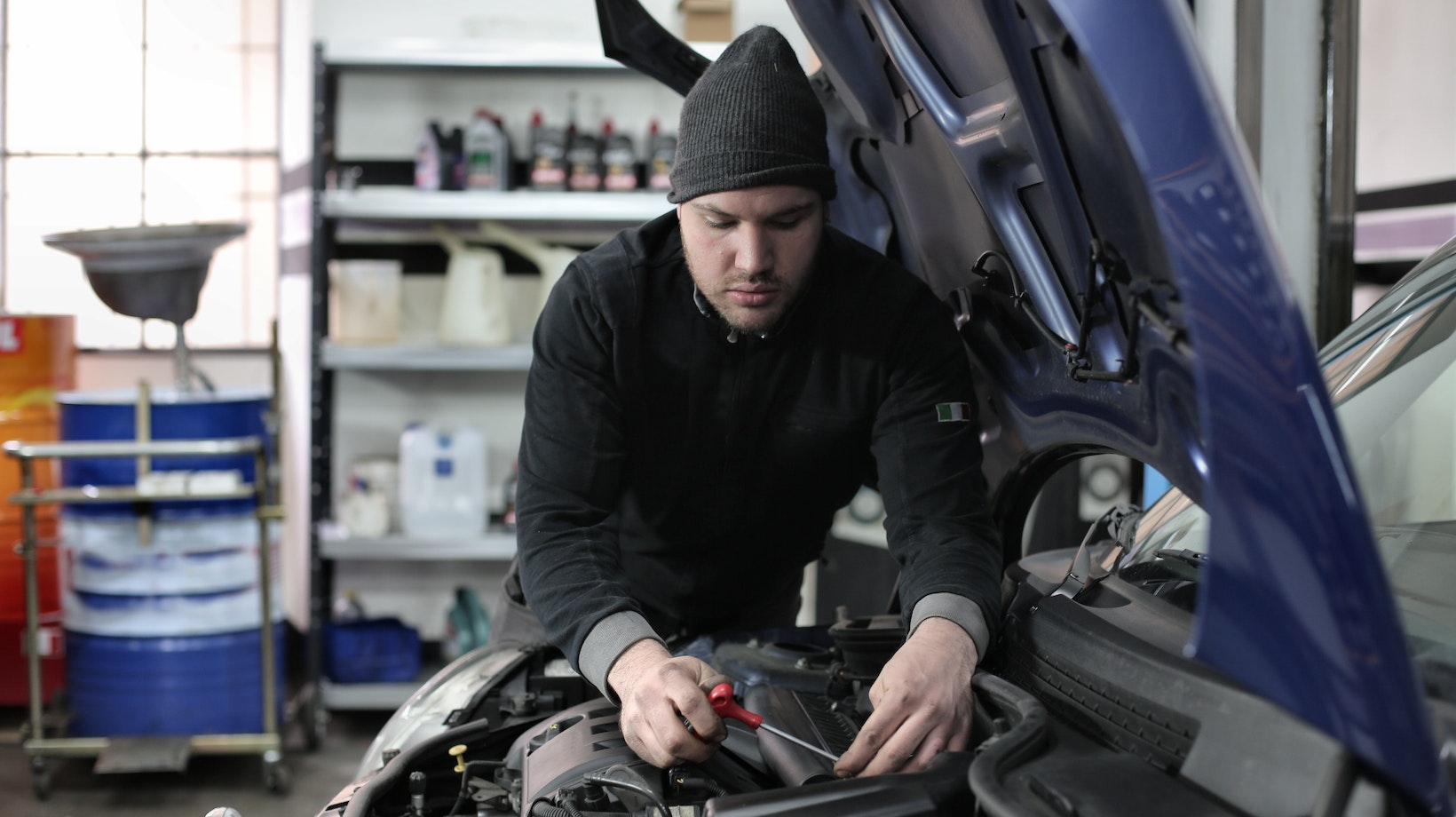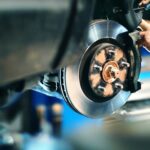Repair Car Door Rubber Seal
When it comes to maintaining the functionality and aesthetics of your car, taking care of the rubber seals around the doors is often overlooked. However, ensuring that these seals are in good condition is crucial for a number of reasons. Not only do they provide a tight seal to keep out water, dust, and noise from entering the cabin, but they also play a significant role in insulating the interior. If you’ve noticed any signs of wear or damage on your car door rubber seals, it’s important to address them and consider repairing or replacing them as needed.
Over time, exposure to harsh weather conditions and regular use can cause car door rubber seals to deteriorate. Common issues include cracks, tears, or even detachment from the door frame. These problems can compromise the effectiveness of the seal and lead to various inconveniences such as leaks during rainstorms or increased wind noise while driving at high speeds.
Repairing car door rubber seals can be a relatively simple DIY task that not only saves you money but also helps maintain your vehicle’s overall condition. Depending on the extent of damage, there are several approaches you can take. From using adhesive products specifically designed for rubber repairs to replacing the entire seal if necessary, addressing this issue promptly will ensure that your car remains protected and comfortable while driving.
Signs That Your Car Door Rubber Seal Needs Repair
- Visible Wear and Tear: Inspect the rubber seal around your car door for any visible signs of wear and tear. Look for cracks, splits, or gaps in the seal that could compromise its effectiveness. Over time, exposure to sunlight, extreme temperatures, and other environmental factors can cause the rubber seal to deteriorate.
- Water Leakage: A common indication of a faulty car door rubber seal is water leakage into the interior of your vehicle. If you notice water pooling on the floor mats or dampness around the edges of your car doors after rainfall or while washing your vehicle, it’s likely that the rubber seal is no longer creating a watertight barrier.
- Wind Noise and Drafts: Another sign of a worn-out rubber seal is an increase in wind noise or drafts coming from around your car doors while driving at higher speeds. The compromised seal allows air to enter the cabin, causing discomfort and potentially affecting sound insulation.
- Difficulty Closing Doors: If you find yourself having trouble closing your car doors properly or if they feel loose when shut, it could be due to a damaged rubber seal. An aging or damaged seal may prevent the door from securely latching onto its frame, compromising both safety and security.
- Increased Road Noise: A deteriorated rubber seal can also contribute to increased road noise inside your vehicle by allowing more external sounds to penetrate through gaps in the door seals. This can affect overall driving comfort and make conversations or listening to music more challenging.

Steps To Repair A Car Door Rubber Seal
- Assess the damage: Start by examining the rubber seal for any visible signs of wear, cracks, or tears. It’s important to identify the extent of the damage before proceeding with the repair.
- Gather the necessary tools and materials: Before getting started, make sure you have all the required tools and materials handy. You’ll need some basic items such as soap and water for cleaning, a soft cloth or sponge, rubbing alcohol or adhesive remover for removing old adhesive residue if needed, an adhesive suitable for rubber seals (such as weatherstrip adhesive), and masking tape.
- Clean the area: Thoroughly clean both the rubber seal and its surrounding area using soap and water. This will help remove dirt, grime, and any loose particles that could interfere with proper adhesion later on.
- Remove old adhesive (if necessary): If there is any old adhesive residue on either side of the damaged area or along the length of the rubber seal, use rubbing alcohol or an adhesive remover to gently dissolve it away. Be cautious not to damage or deform the seal during this process.
- Apply new adhesive: Once everything is clean and dry, apply a thin layer of weatherstrip adhesive along both sides of the damaged area on your car door as well as along corresponding sections on the rubber seal itself.
By following these steps, you can effectively repair a car door rubber seal and restore its functionality. Remember, if you’re unsure about any aspect of this process or if the damage is extensive, it’s always best to consult a professional automotive technician for assistance.
Now you have a clear guide on how to tackle this common issue yourself – happy repairing!







































